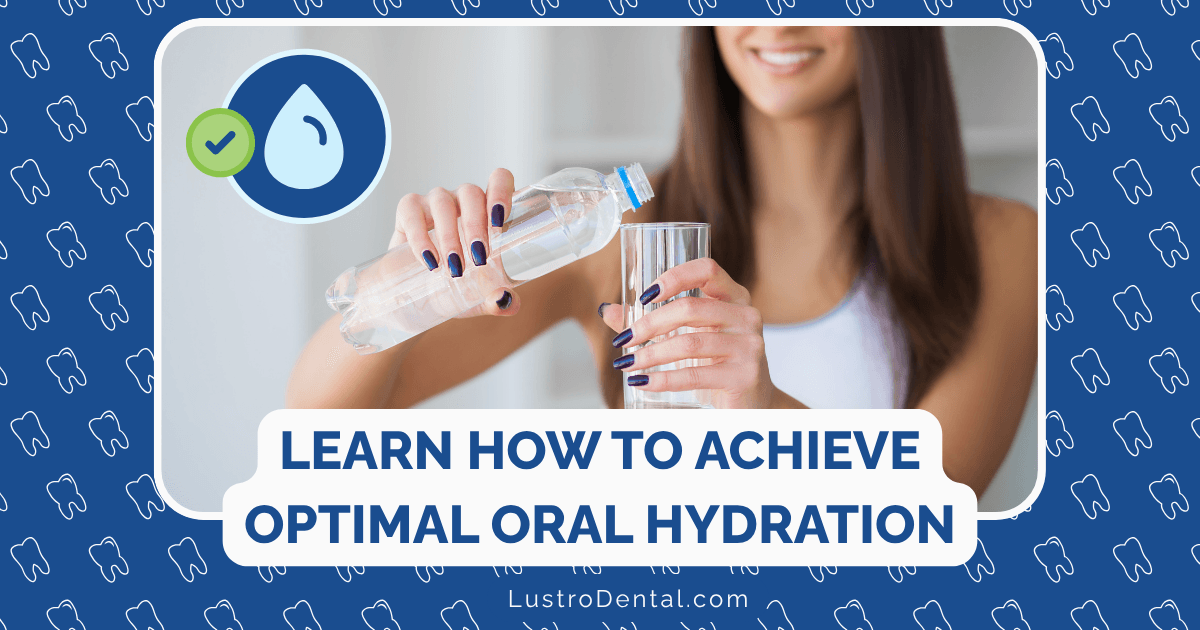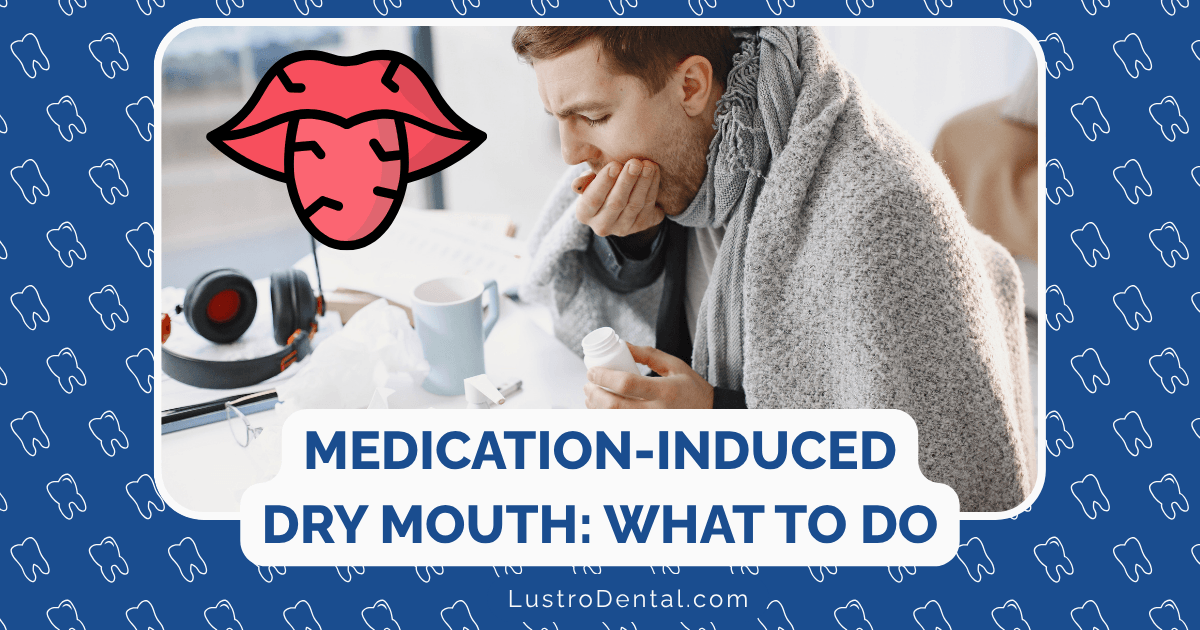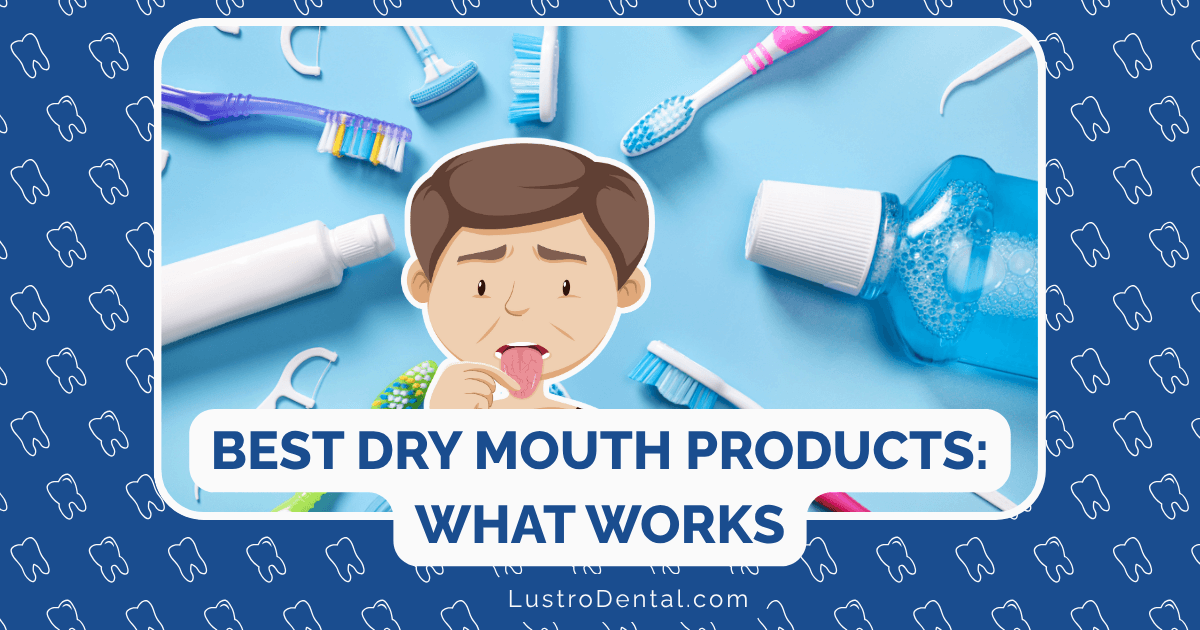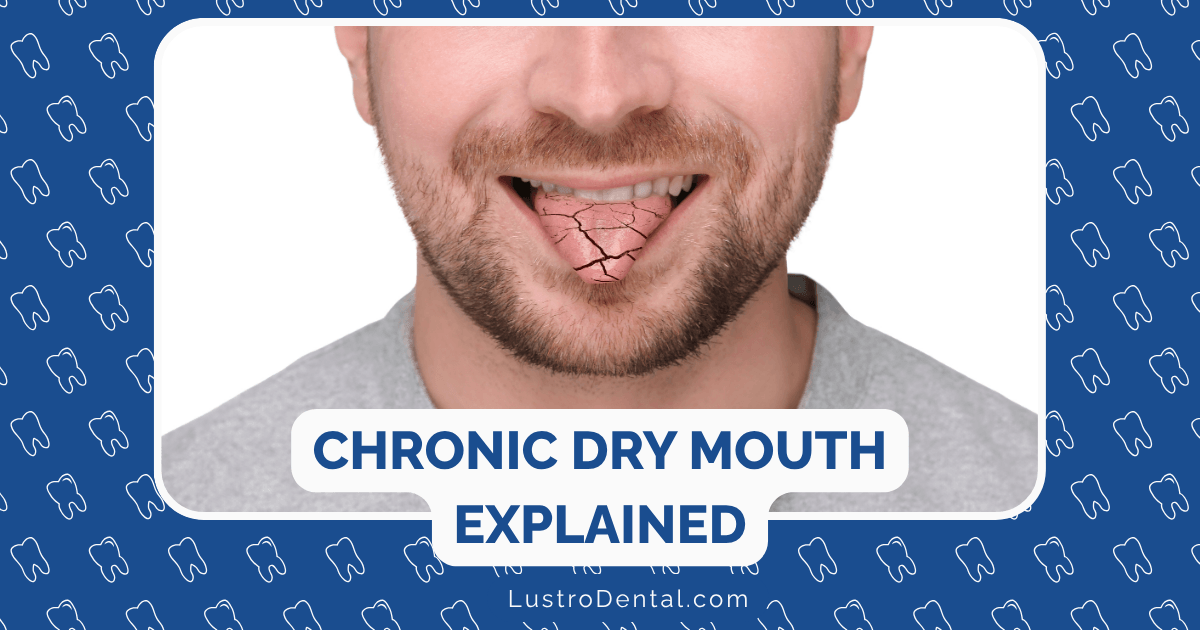Moderate Drinking and Dental Health: Setting Reasonable Limits
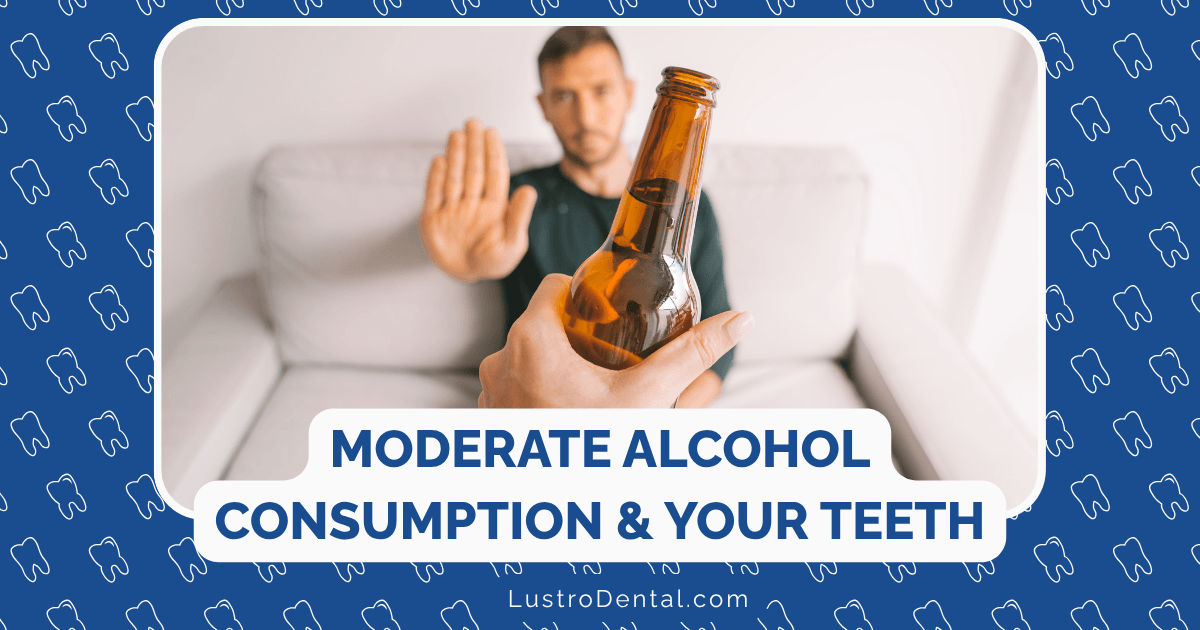
For many adults, enjoying an occasional alcoholic beverage is part of social gatherings, celebrations, or simply unwinding after a long day. While complete abstinence is the only way to avoid alcohol-related health risks entirely, understanding how to drink moderately can help minimize negative effects on your dental health. This guide explores the concept of moderate drinking, its impacts on your oral health, and practical strategies to protect your smile while still enjoying the occasional drink.
What Constitutes “Moderate” Drinking?
Before diving into dental impacts, it’s important to understand what health authorities consider “moderate” alcohol consumption:
Current Guidelines
According to the Centers for Disease Control and Prevention (CDC), moderate drinking is defined as:
- For women: One drink or less per day
- For men: Two drinks or less per day
A standard drink in the United States contains approximately 14 grams of pure alcohol, which equates to:
- 12 ounces of regular beer (5% alcohol)
- 5 ounces of wine (12% alcohol)
- 1.5 ounces of distilled spirits (40% alcohol)
Evolving Recommendations
It’s worth noting that recommendations around alcohol consumption are becoming more conservative. According to a 2025 report cited by STAT News, even one drink per day may carry health risks, and the upcoming 2025-2026 Dietary Guidelines for Americans may reflect this evolving understanding.
The National Academies has also published research suggesting that previous beliefs about potential health benefits of moderate drinking may have been overstated, while risks were underappreciated.
How Moderate Alcohol Consumption Affects Your Oral Health
Even at moderate levels, alcohol can impact your dental health in several ways:
1. Saliva Reduction and Dry Mouth
One of the most immediate effects of alcohol consumption is reduced saliva production. According to Penn Dental Medicine, alcohol acts as a diuretic, leading to dehydration and decreased saliva flow.
Why this matters:
- Saliva naturally cleanses the mouth by washing away food particles and bacteria
- It helps neutralize acids that can erode tooth enamel
- It contains minerals that help remineralize early stages of tooth decay
- It provides antimicrobial compounds that fight harmful bacteria
Even moderate drinking can temporarily reduce saliva flow, creating an environment where bacteria thrive and acids remain in contact with teeth for longer periods.
2. Enamel Erosion
Most alcoholic beverages are acidic, with pH levels well below the threshold (5.5) at which tooth enamel begins to erode. According to Zara Dental, both red and white wines are particularly acidic, while mixed drinks containing citrus juices can be even more damaging.
With moderate consumption, this acid exposure is limited and your saliva can typically neutralize and repair minor damage. However, regular exposure, even at moderate levels, can gradually weaken enamel over time.
3. Sugar Content and Tooth Decay
Many alcoholic beverages contain significant amounts of sugar:
- Sweet wines and liqueurs
- Cocktails with syrups or sodas
- Flavored spirits and coolers
As Cigna explains, alcohol itself metabolizes into sugar in the body, and these added sugars provide fuel for decay-causing bacteria in the mouth. Even moderate consumption of sugary alcoholic drinks can increase cavity risk, particularly if consumed frequently.
4. Mild Gum Inflammation
Research shows that even moderate alcohol consumption can affect gum health. A study cited by Penn Dental Medicine found that regular alcohol users without periodontitis had more gum bleeding than non-drinkers.
This is likely due to alcohol’s mild immunosuppressive effects and its tendency to promote inflammation in tissues. While moderate drinking is unlikely to cause full-blown gum disease in an otherwise healthy person, it may exacerbate existing issues or increase vulnerability.
5. Staining Potential
Certain alcoholic beverages, particularly red wine, contain chromogens and tannins that can adhere to tooth enamel and cause staining. According to Healthline, this effect is more pronounced if the enamel is already compromised by acid erosion.
While staining is primarily a cosmetic concern, it can affect confidence and may require professional whitening to address if it becomes significant.
Setting Reasonable Limits for Dental Health
Based on current research and dental health considerations, here are reasonable guidelines for minimizing alcohol’s impact on your oral health:
Quantity Considerations
- Stay within moderate drinking guidelines: One drink daily for women, two for men at maximum
- Consider further reduction: Given emerging research, limiting to 3-4 drinks weekly may be prudent
- Avoid binge drinking: Never consume multiple drinks in a short period
Frequency Factors
- Incorporate alcohol-free days: Allow your oral tissues to recover between exposures
- Avoid daily drinking: Even one drink daily may have cumulative effects on oral health
- Consider occasion-based approach: Reserve alcohol for special occasions rather than regular consumption
Timing Strategies
- Drink with meals: Food stimulates saliva production, helping to counteract alcohol’s drying effects
- Avoid bedtime drinks: Saliva flow naturally decreases during sleep, compounding alcohol’s effects
- Allow time between drinking and brushing: Wait at least 30 minutes after consuming acidic drinks before brushing to avoid damaging softened enamel
Protective Strategies While Drinking
If you choose to drink moderately, these strategies can help minimize negative impacts on your dental health:
Hydration Practices
- Alternate with water: Drink a full glass of water between alcoholic beverages
- Rinse after drinking: Swish with water after finishing an alcoholic drink to help wash away acids and sugars
- Stay hydrated overall: Drink plenty of water throughout the day, especially before and after consuming alcohol
Consumption Methods
- Use a straw: For mixed drinks or acidic beverages, using a straw can reduce contact with teeth
- Avoid swishing or holding drinks: Minimize the time alcoholic beverages spend in contact with teeth
- Choose less harmful options: If you drink, opt for lower-sugar, lower-acid options when possible
Post-Drinking Care
- Chew sugar-free gum: Stimulates saliva flow to help neutralize acids and cleanse the mouth
- Wait before brushing: Brushing immediately after acidic drinks can damage softened enamel; wait at least 30 minutes
- Use fluoride rinse: Consider an alcohol-free fluoride mouthwash before bed to help strengthen enamel
Healthier Alcohol Choices for Your Teeth
Not all alcoholic beverages affect your teeth equally. If you choose to drink moderately, these options may be less damaging to dental health:
Better Choices
- Light beer: Generally lower in acidity and sugar than other options
- Dry spirits with non-acidic mixers: Such as vodka with soda water
- Dry white wine: While still acidic, typically less staining than red wine
More Problematic Options
- Sweet cocktails: High sugar content feeds decay-causing bacteria
- Red wine: Highly staining and acidic
- Cider and coolers: Often contain high levels of both sugar and acid
When to Reconsider Drinking
While moderate consumption may be acceptable for many, certain situations warrant reconsidering alcohol use entirely for dental health:
- Existing dry mouth conditions: If you already have xerostomia from medications or health conditions
- Active gum disease: Alcohol can worsen inflammation and impair healing
- Recent dental work: Alcohol can interfere with healing after procedures
- Taking certain medications: Some dental medications may interact with alcohol
Working with Your Dental Professional
Your dentist can be a valuable partner in understanding how your drinking habits may be affecting your oral health:
- Be honest about consumption: Accurate information helps your dentist provide appropriate care
- Discuss specific concerns: If you notice sensitivity, staining, or dry mouth related to drinking
- Consider more frequent checkups: If you drink regularly, more frequent dental visits may be beneficial
- Ask about protective measures: Your dentist may recommend specialized products based on your specific needs
The Bigger Picture: Balancing Enjoyment and Health
Making informed choices about alcohol consumption involves weighing personal enjoyment against potential health impacts. According to Cooley Smiles, moderate drinkers are less likely to experience severe oral health issues compared to heavy drinkers, but some risk still exists.
Consider these reflection points:
- Is your current consumption truly moderate by medical standards?
- Are you noticing any dental changes that might be related to alcohol?
- Could you enjoy social occasions with fewer alcoholic drinks?
- Would alternating with non-alcoholic options diminish your enjoyment?
The Bottom Line
Moderate alcohol consumption, while less harmful than heavy drinking, still carries some risks for dental health. By understanding these risks and implementing protective strategies, you can make informed choices that balance enjoyment with long-term oral health.
Remember that dental health is highly individual—factors like genetics, overall diet, oral hygiene practices, and existing conditions all influence how alcohol affects your mouth. Working with your dental professional to understand your specific risk profile is the best approach to maintaining a healthy smile while making personal choices about alcohol consumption.
Whether you choose to drink moderately, reduce consumption further, or abstain completely, being informed about alcohol’s effects on dental health empowers you to protect your smile for years to come.


